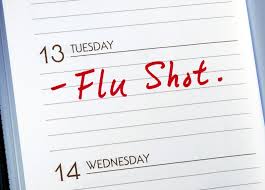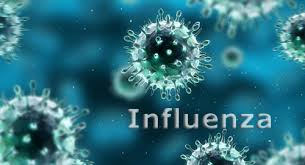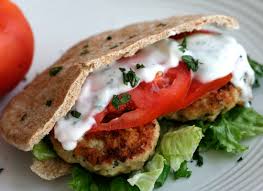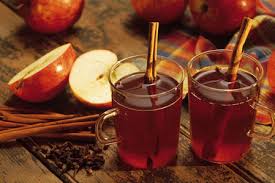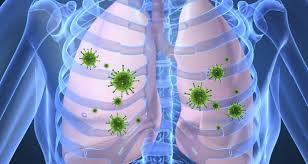 With chilly weather settling in and darkness arriving before most people’s workdays end, many of us are shifting our workouts indoors, a practice that is much better for us than abandoning exercise for the winter. But a new study of air quality in gyms raises some interesting questions about whether the places in which we work out are as healthy as they should be.
With chilly weather settling in and darkness arriving before most people’s workdays end, many of us are shifting our workouts indoors, a practice that is much better for us than abandoning exercise for the winter. But a new study of air quality in gyms raises some interesting questions about whether the places in which we work out are as healthy as they should be.
Science and common sense tell us that exercising in polluted air is undesirable. People who frequently run alongside heavily trafficked freeways and breathe great lungfuls of exhaust have been shown to have an increased risk of heart disease, even if they are otherwise in admirably good shape. But few studies systematically have examined the air quality inside gyms.
Therefore, from the journal Building and Environment, researchers at the University of Lisbon in Portugal and the Technical University of Delft in Holland decided that they would place air-quality monitoring equipment in gyms throughout Lisbon. … Their findings were disquieting. In general, the gyms showed high levels of airborne dust, formaldehyde and carbon dioxide. The concentrations of these substances generally exceeded most  accepted standards for indoor air quality. (No government agency in the United States formally monitors air quality in gyms.) The levels were especially high during evening aerobics classes, when many people were packed into small studios, stirring up dust and fumes and puffing heavily, producing carbon dioxide with every breath. … In sufficient concentrations, these substances can contribute to asthma and other respiratory problems, she said. Almost all of the gyms in the study had levels of these substances that significantly exceed European standards for healthy indoor air standards.
accepted standards for indoor air quality. (No government agency in the United States formally monitors air quality in gyms.) The levels were especially high during evening aerobics classes, when many people were packed into small studios, stirring up dust and fumes and puffing heavily, producing carbon dioxide with every breath. … In sufficient concentrations, these substances can contribute to asthma and other respiratory problems, she said. Almost all of the gyms in the study had levels of these substances that significantly exceed European standards for healthy indoor air standards.
Source: New York Times




